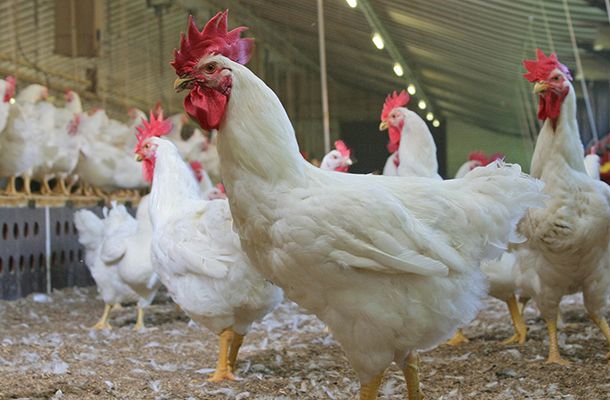Different incubation profiles for different breeds?
Tags: Incubation | Whitepaper
, 23 June 2020

Breeding has powerful effects. Although all chicken breeds originate from the same wild ancestor, they differ dramatically in appearance, physiology, type and metabolic rate. Surprisingly though, one detail remains fairly constant: the incubation time. Whether for a lightweight laying hen or a solid yield broiler, it is very close to 21 days.
Comparing incubation requirements, we see similarities and differences. The most impressive similarity is the optimal temperature for embryo development: close to 100°F. And that is not only for chickens but also for other types of poultry.
Embryo temperature – usually checked by measuring the temperature of the eggshell and called EST – initially depends entirely on the environmental temperature. Later on, after day 10, the embryo begins to produce heat and then the EST depends on the balance between heat production and the opportunities to get rid of the surplus. This is where breeds can differ widely.
Chicken breeds are highly specialised. Layers and broilers have very different body constitutions, like sprinters and heavyweight boxers.
A layer – also as the parent stock – is a champion egg layer. It must be light and cheap to maintain – and produce eggs with very strong shells for protection. Broiler breeds are just the opposite: they need to have a healthy appetite and be able to convert big quantities of feed efficiently into body mass. Quality of eggshell is much less important for them. These rough characteristics determine the differences in appropriate incubation programs.
Some differences apply to the entire incubation period, others do not. Eggshell quality is an example of a durable difference. Due to long-term intentional genetic selection, layer embryos are “better packed” in a strong, thick shell, which can have an impact on egg weight loss during incubation and creates a bigger mechanical problem at hatch.
A broiler eggshell is weaker from the beginning. The French research institute INRA announced recently that they will further test the hypothesis that the thick-boned broiler embryo probably absorbs more minerals from the shell, making the latter even thinner before hatch.
Chicken types' metabolic rates vary, resulting in different embryonal heat production. This must be compensated for by applying different temperature set points during incubation.
Incubation is to a large extent (although not exclusively) a problem of controlling two main factors: temperature and egg weight loss, and these are issues for both types of breeds. Deviation from an optimum affects results in both types, although high heat production makes broilers particularly vulnerable to the problems related to overheating.
The incubation programs for these two types of poultry will be identical for the first 10 days of the program. The embryos still don’t know their “profession”. After day 9-10, broiler eggs require lower temperatures, not only in the setter but also in the hatcher.
Of course, there are many different varieties of both broilers and layers. In addition, some of the contemporary breeds are known for their specific preferences; for example, some layer strains prefer low, broiler-like temperature profiles.
Advice:
- Base the set points of the incubation program on the actual response of the eggs: measured EST and egg weight loss.
- Closely monitor the EST after day 10. Try to keep the values within a range of 100-101.5°
- Keep in mind that eggshell quality is a breed-related trait. Allow sufficient time and maintain correct RH settings to reach a final weight loss of 11-13%.
- Analyse your patterns of embryo mortality and chicken quality to fine-tune the program.
Written by Maciej Kolańczyk
Senior Hatchery Specialist
I welcome your feedback on this article - and if you require any additional information, please don't hesitate to contact me.